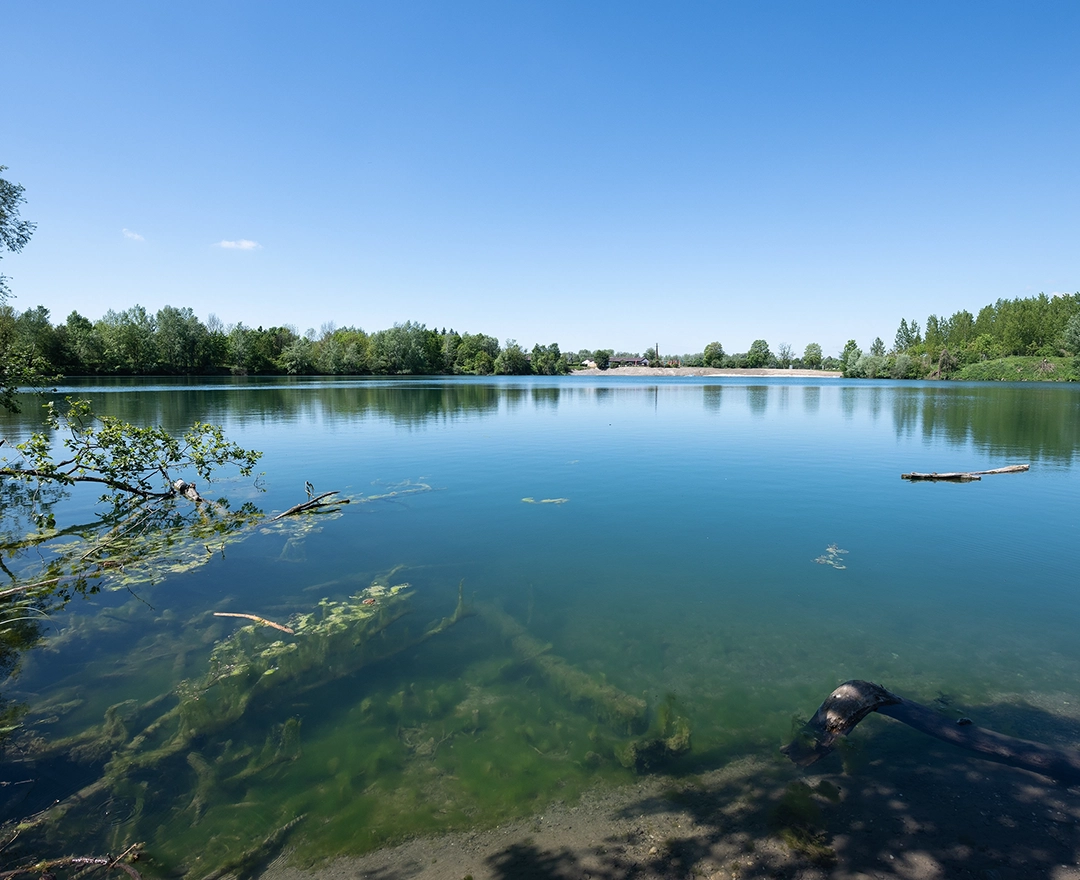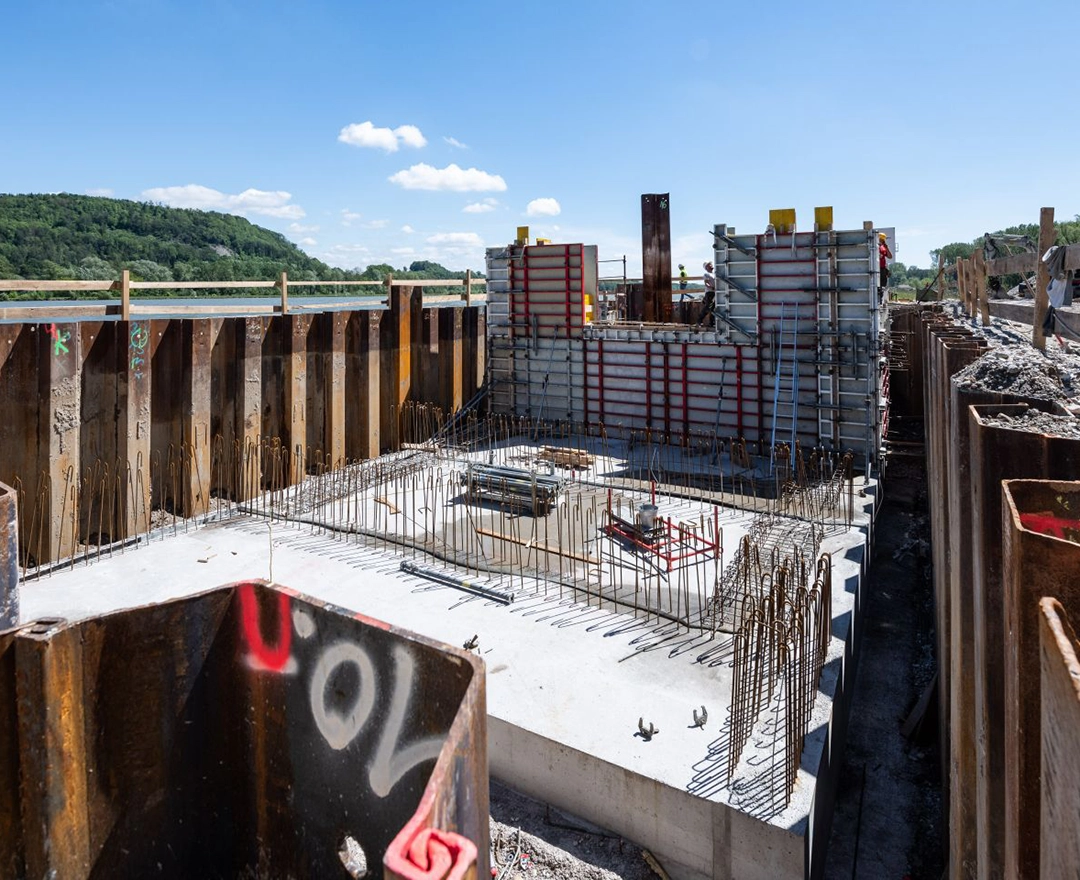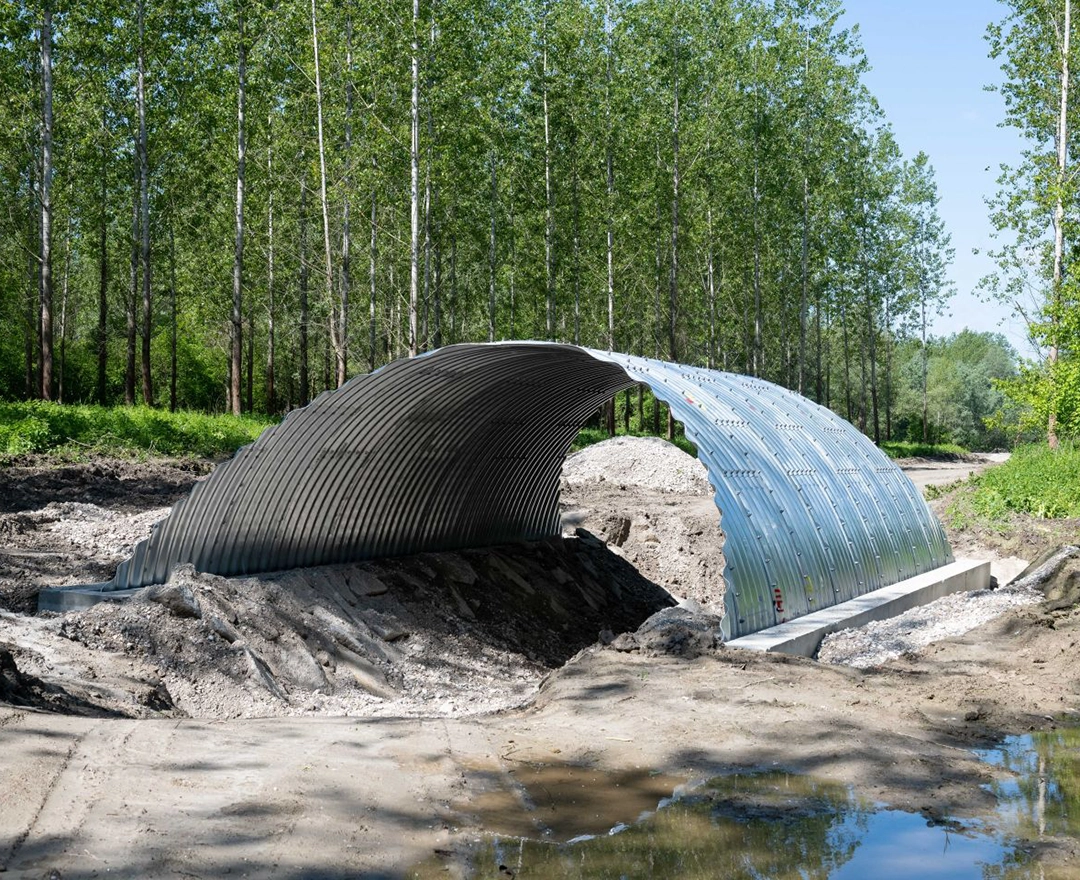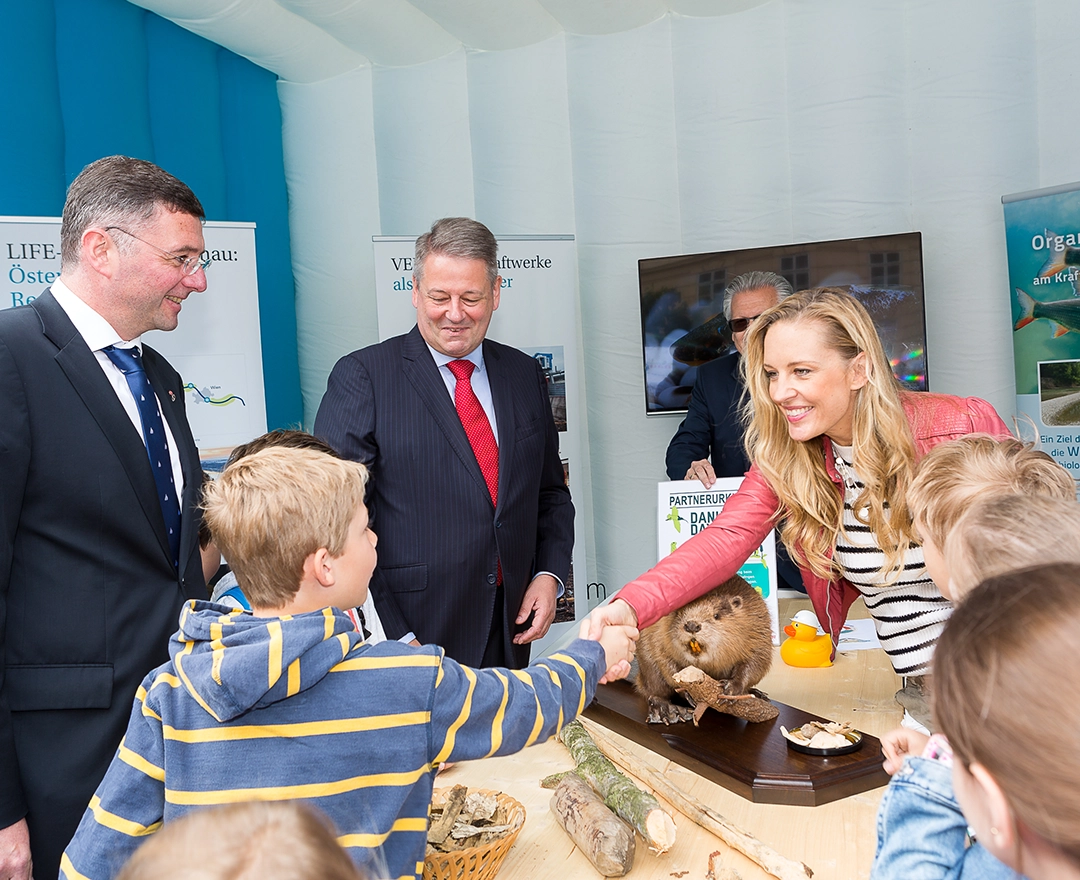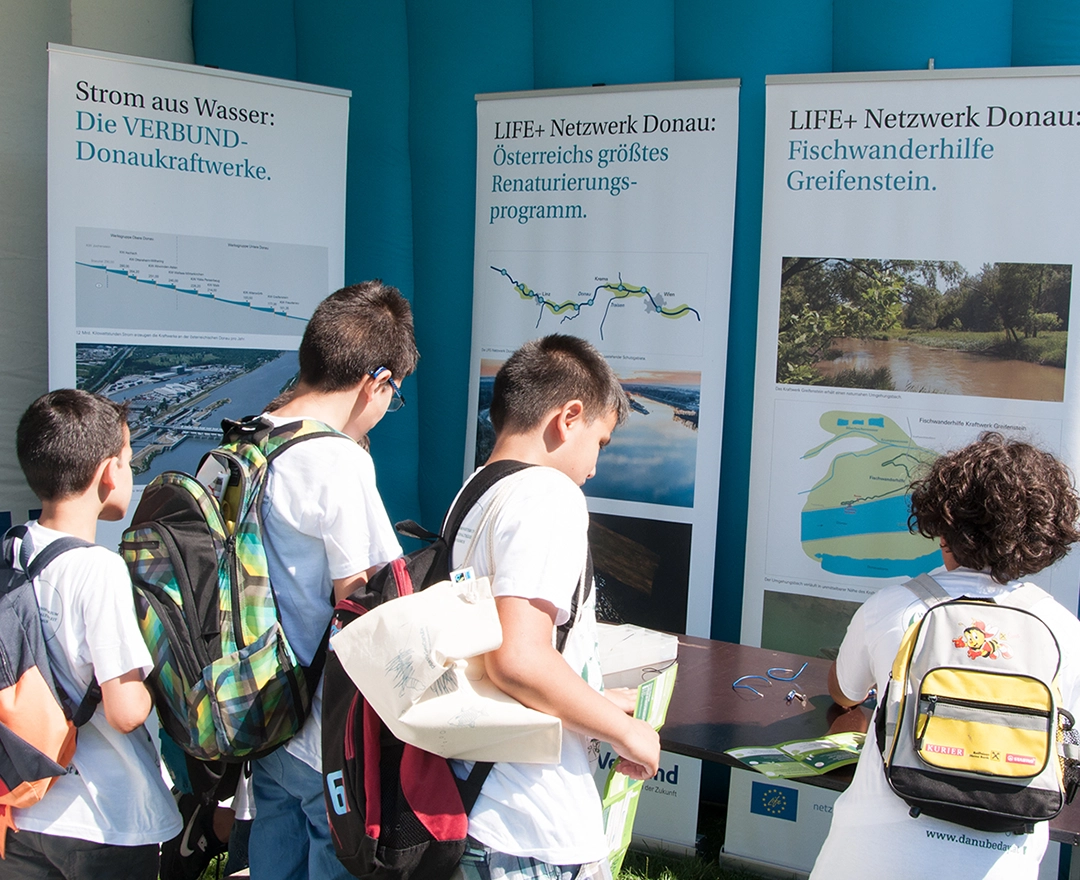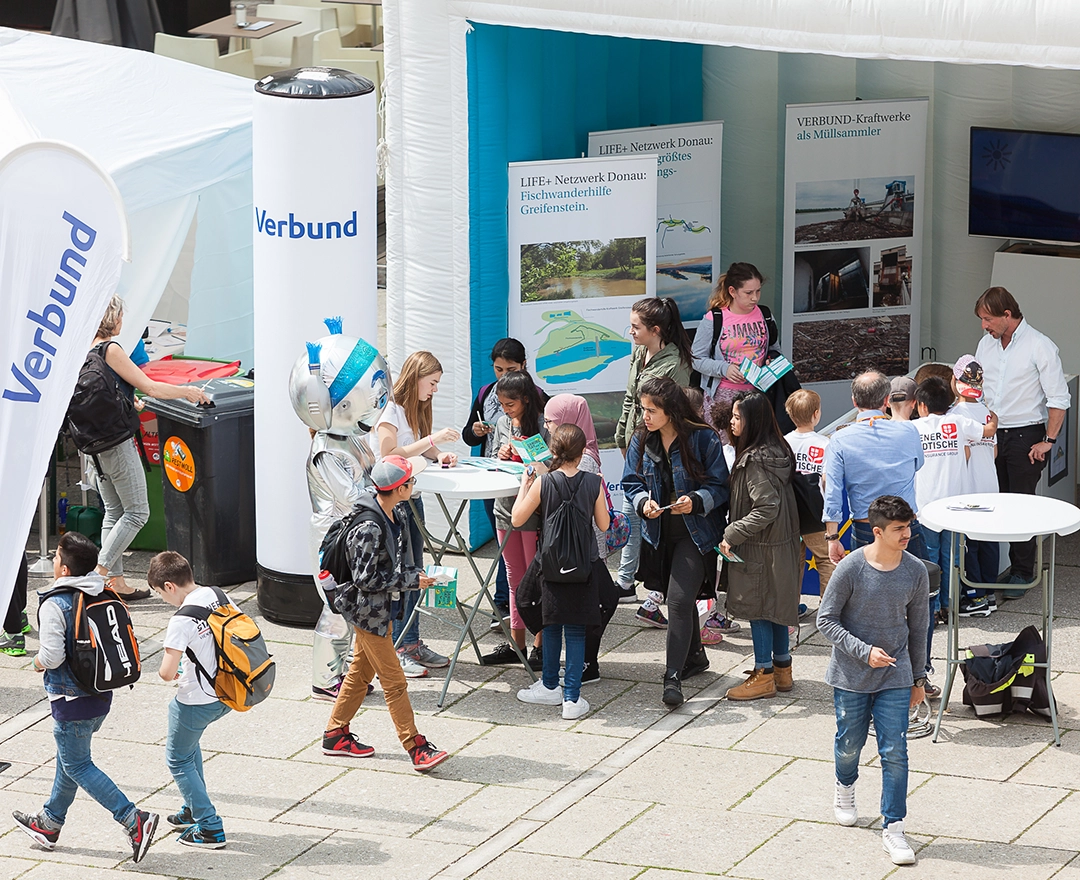Dezember 2015
Ottensheim fish migration aid on the home straight
The Ottensheim fish migration aid could be completed earlier than planned. The construction work is going so well that project manager David Oberlerchner is optimistic that the project will be completed in early summer 2016.
9 excavators are currently working continuously between Ottensheim and Aschach to quickly complete the longest fish migration aid in Europe to date. The Aschach and the Innbach, a tributary of the Danube, are being restructured over 14.2 kilometers and equipped with two intake structures. In future, fish will be able to swim around the dam wall of the Ottensheim-Wilhering power plant. At the same time, valuable habitats will be created.
"We regret that the construction work is causing obstructions and ask for your understanding," says project manager David Oberlerchner. The Danube cycle path currently has to be rerouted via the Eferdinger-Landl-Weg R18. The good news is that the construction work is progressing faster than planned. "However, we are well on track to be finished by early summer next year," says David Oberlerchner.
In addition to the work in the river, the intake structures are currently being built at both ends of the fish migration aid. Most of the excavated material will remain on the construction site, which will keep transport costs and therefore truck traffic outside the project area to a minimum.









